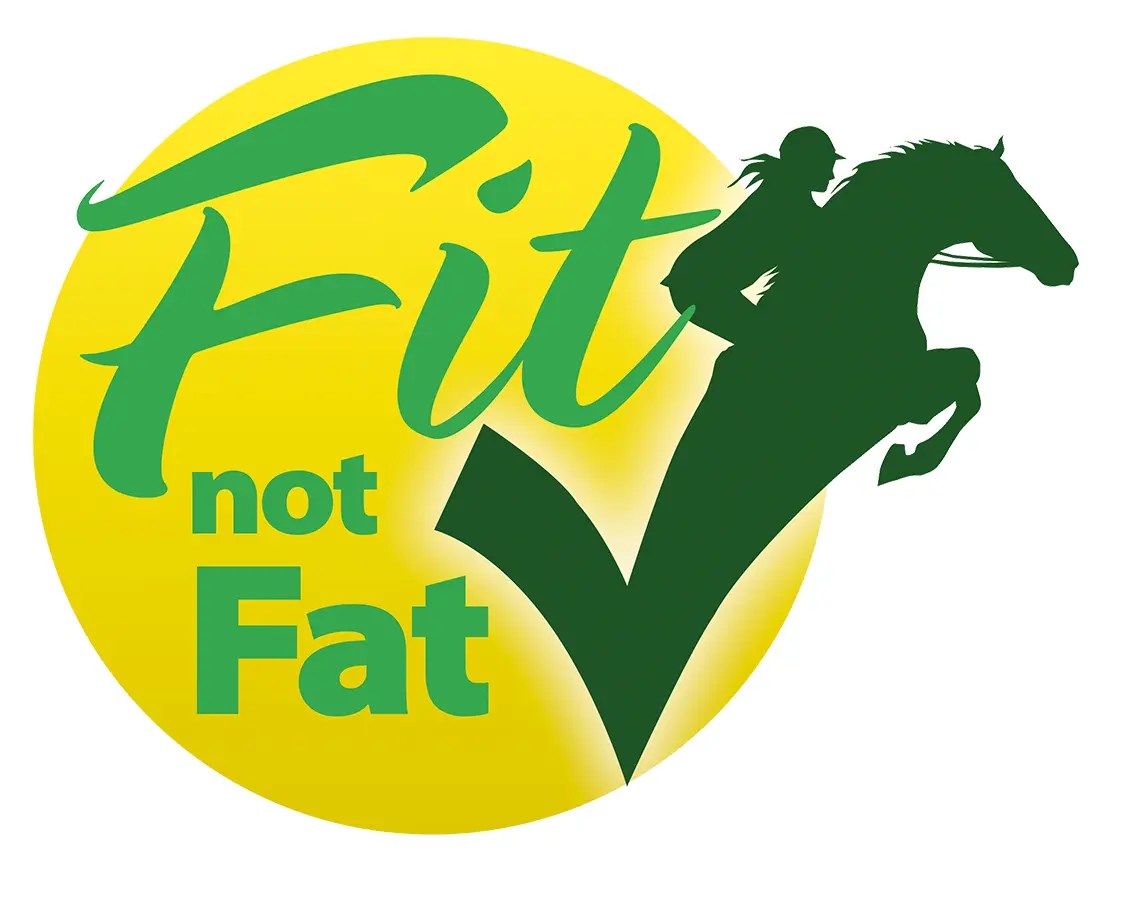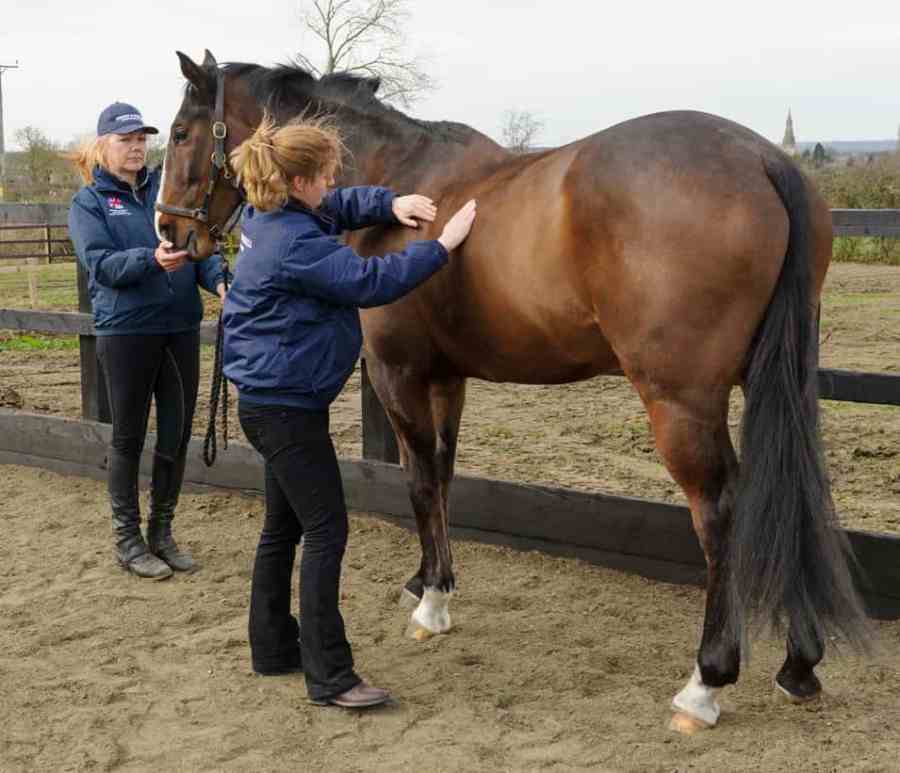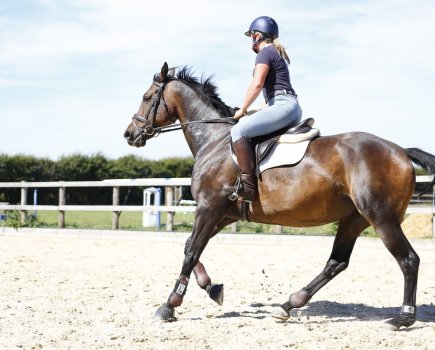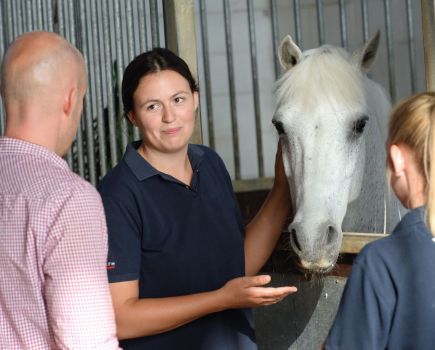We are in an obesity epidemic for our horses, and it is up to us to help our horses be as fit and healthy as possible. It is every owner’s responsibility to keep their horse or pony’s weight down, which might mean finding ways to help a horse lose weight, as well as ensuring they get enough exercise so that they are #fitnotfat.
We know being fat isn’t healthy, but what does it actually do when too much is in the body? Equine obesity is a huge welfare concern with many long-term health implications caused by being overweight, as excess fat interferes with the horse’s metabolic system.
What fat really does
- Lack of exercise causes the metabolic rate to slow and limits the opportunity to burn off calories.
- Unless the diet is strictly managed the horse will start to gain weight in the form of fat deposits.
- Fat is stored in the abdomen, where it can’t be seen, and in more superficial areas such as the crest, rump and flank, where it is easier to spot providing you don’t mistake it for muscle.
- Fat tissue releases substances into the bloodstream that interact with the body’s metabolic system.
- When there is too much fat in the body these substances are released in large quantities which the horse’s body is not designed to cope with.
- The metabolic system becomes overwhelmed and this starts to have a damaging effect on different parts of the body.
 Have you heard about Your Horse’s #FitNotFat campaign? Equine obesity is an enormous welfare problem and we’re on a mission to provide owners and riders with the knowledge, skills and information you need to keep your horse in tip-top health. It could be life saving! Find out more
Have you heard about Your Horse’s #FitNotFat campaign? Equine obesity is an enormous welfare problem and we’re on a mission to provide owners and riders with the knowledge, skills and information you need to keep your horse in tip-top health. It could be life saving! Find out more










